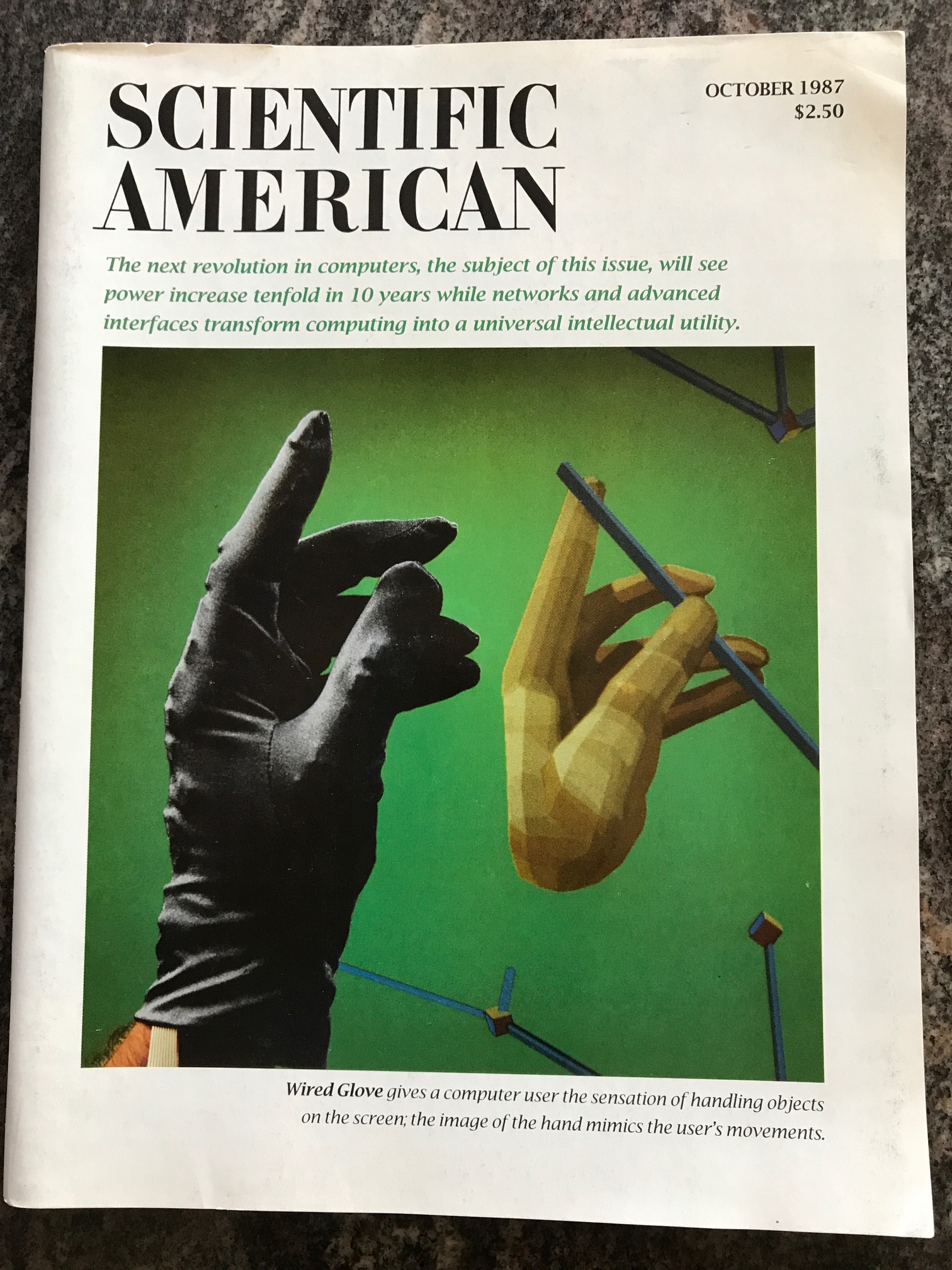[LUCID LIVING #11] Pioneering Years in AI in Astrophysics
By Piet Hut
This week, exactly thirty years ago, Scientific American published a special issue on advanced computing. There were ten articles, on ten different aspects of advanced computing, such as architectures, chips, data storage, interfaces, software, networks. While most articles were about technology, the last three were about applications, in manufacturing, in medicine, and in science. My computer scientist friend, Gerald Sussman, and I received the honor of being asked to write the article on Advanced Computing for Science. All of science! That was a daunting task.
Since any attempt at summarizing the advanced use of computers for science across the board would be doomed, or at best produce a boring list of achievements and ideas, we decided to make two dramatic steps. First, we focused on just one application, stellar dynamics, simulations of the motion of stars in galaxies. Second, rather than focusing on the brute power of the use of supercomputers, we instead focused on the budding use of AI (artificial intelligence) techniques and the development of special purpose computing hardware.
Gerry and his co-workers had just built their digital orrery, a desk-top box containing, as we summarized it "about a cubic foot of electronic equipment, dissipating the power of a 150-watt light bulb." A year later Gerry Sussman and Jack Wisdom, using the orrery, would be the first to discover the presence of chaos in the solar system, while analyzing the orbit of Pluto. Only later were these results reproduced in the standard supercomputers of those days.
Meanwhile I had been working on simulating scattering experiments between single stars and double stars. Right after getting my PhD, I had used a run of-the-mill minicomputer, and soon after that a personal computer on my desk, to simulate millions of those three-body encounters, in which sometimes the double stars would fall apart, and sometimes the incoming star would pick up one of the members of the double star, in a cosmic partner swap.
“the greatest difficulty was to analyze the outcomes of these simulations”
In these calculations, the challenge was not so much the orbit integration, that is, the calculation of the orbits of the three-body dance. Rather, the greatest difficulty was to analyze the outcomes of these simulations. Once you are dealing with millions of scattering experiments, there is no hope that you can sift through the outcomes by hand and by eye.
Nowadays, most supercomputer simulations require this double approach: first writing programs to perform the simulations, then writing meta programs to analyze the results of those simulations, in order to draw meaningful conclusions. However, in the early eighties, due to the simplicity of the individual 3-body simulations, I was the first astrophysicist who had to face the need to write this kind of meta software.
In that way, I became the first astrophysicist to use artificial intelligence to simulate natural processes. Below I copy an illustration from our Scientific American article, to provide a sense of the complexity that I encountered, both in the individual orbit calculations as well as in the analysis of ensembles of such calculations.
Following that first step, Gerry and I started thinking about future applications of AI. Moving up from the 3-body problem, we showed simulations of galaxy-galaxy scattering, provided by Joshua Barnes (with whom I had just published what would become known as the Barnes-Hut tree code algorithm). We even provided a box, at the end of our article, with a hypothetical discussion between a computer AI and a human astrophysicist, where the AI is assisting the human as an equal partner in trying to make sense of the data, from observations as well as simulations. I am reproducing that box here, below.
At that time, we were pretty sure to see something along those lines realized in the next decade or so. To stay at the safe side, we concluded our article with sentences like "We believe such computer systems are within reach even though none has yet been built" and finally "Computers will soon provide the scientist with an effective laboratory assistant rather than a number crunching slave."
“Little did we know . . . ”
Little did we know that "soon" would turn out to be "more than thirty years". But now we are finally getting there, with each month bringing new reports about novel AI applications in astrophysics. The main message for pioneers is: stay healthy, and lead a long life, in order to see the fruits of your vision be realized (^_^).
And this is true for any type of really novel idea. Looking again at the cover of that Scientific American issue, we see the symbol of virtual reality, the human hand guiding the avatar hand. This too is now finally entering the main stream of computing, no doubt quite a bit later than the writers of that article had thought, back in 1987.
Piet Hut is President of YHouse (where this blog is hosted), Professor of Astrophysics and Head of the Program in Interdisciplinary Studies at the Institute for Advanced Study in Princeton, and a Principal Investigator and Councilor of the Earth-Life Science Institute in the Tokyo Institute of Technology.

![[#11] Pioneering Years in AI in Astrophysics](https://images.squarespace-cdn.com/content/v1/585711b3ebbd1a051da20b4d/1505726496846-FHHSXJAE74XH6VUTLJ0S/096C2226-B411-46F3-BE9310D7AFDFC71D_agenda.jpg)


